This article is part of FT Globetrotter’s guide to Madrid
Chances are you won’t have heard of zarzuela. A close cousin of opera, Madrid’s homegrown genre of musical theatre has long been passed over in favour of flamenco. Part of the problem is that performances are rare and not marketed to tourists looking to sample the city’s cultural offerings. This is a pity, as the art form offers an intriguing insight into life in Spain’s capital from the 19th to mid-20th century.
However, this situation looks set to change. In January, the Spanish government declared zarzuela part of the country’s intangible cultural heritage, with its ultimate aim to achieve Unesco recognition. This has the full support of Spanish opera star Plácido Domingo, who is keen to create a theatre and academy dedicated to zarzuela.
Ismael Jordi, a tenor who has performed with Domingo, shares his enthusiasm for the art: “I believe the time is right for zarzuela to become part of our global cultural heritage. Spaniards should make sure our music gets the place it deserves. In London’s Covent Garden, a zarzuela such as Luisa Fernanda or Doña Francisquita has never been on the programme. And why not? These are works fit to rival Tosca, Rigoletto or La traviata.”
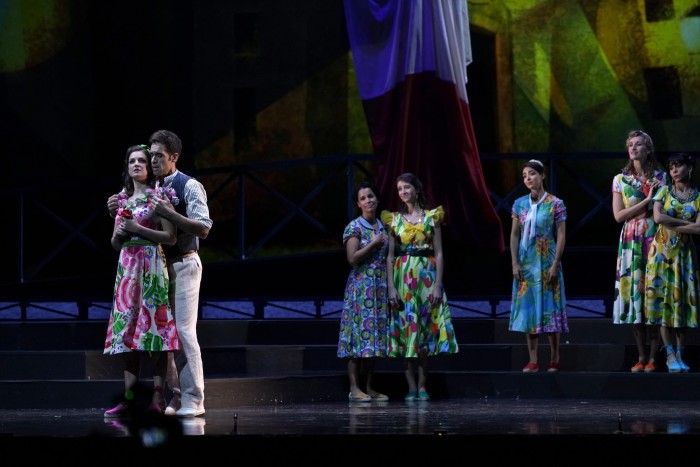
Like many Spanish opera artists, Jordi and Domingo also perform zarzuela. However, not all singers are up to the challenge as it takes a special kind of talent to be able to do justice to both spoken theatrical scenes and musical numbers (in contrast to opera, which is primarily singing).
“It can be exhausting, at least for me, because you have to study not only vocal technique but also you have to act,” says Jordi. “You have to sing, you have to speak and in some cases even dance.”
Zarzuela dates back to the 17th century, when it was created to entertain Spain’s royalty. Its heyday, however, came in a late-19th-century revival that sought to challenge the dominance of Italian and French opera. During this time, Spanish composers created works not for the upper but the working classes, often basing the action in Madrid.
Francisco Barbieri was one of these pioneers, and his El Barberillo de Lavapies (The Little Barber of Lavapiés) of 1874 was set in one of the city’s most deprived districts.
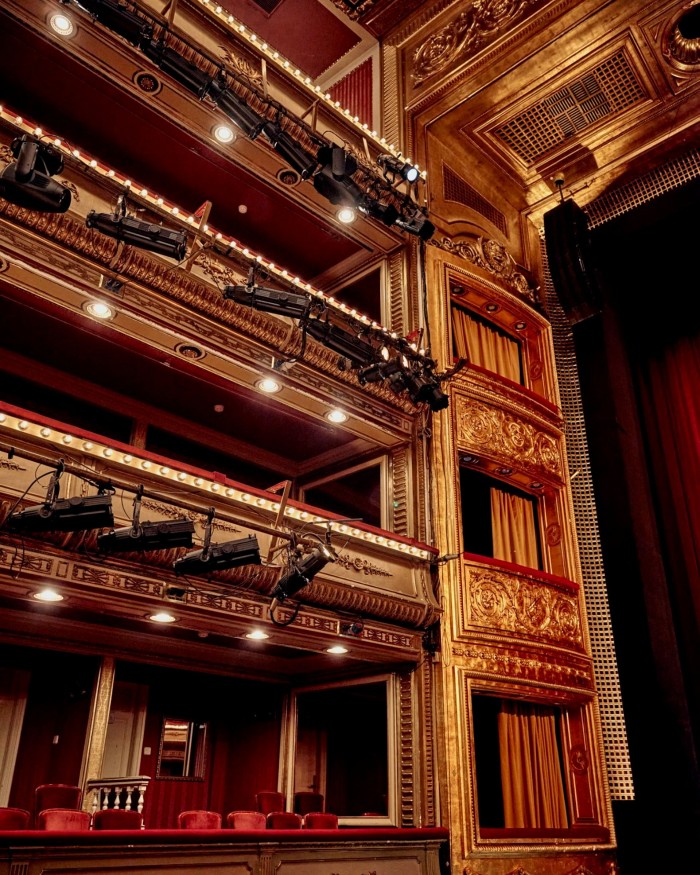
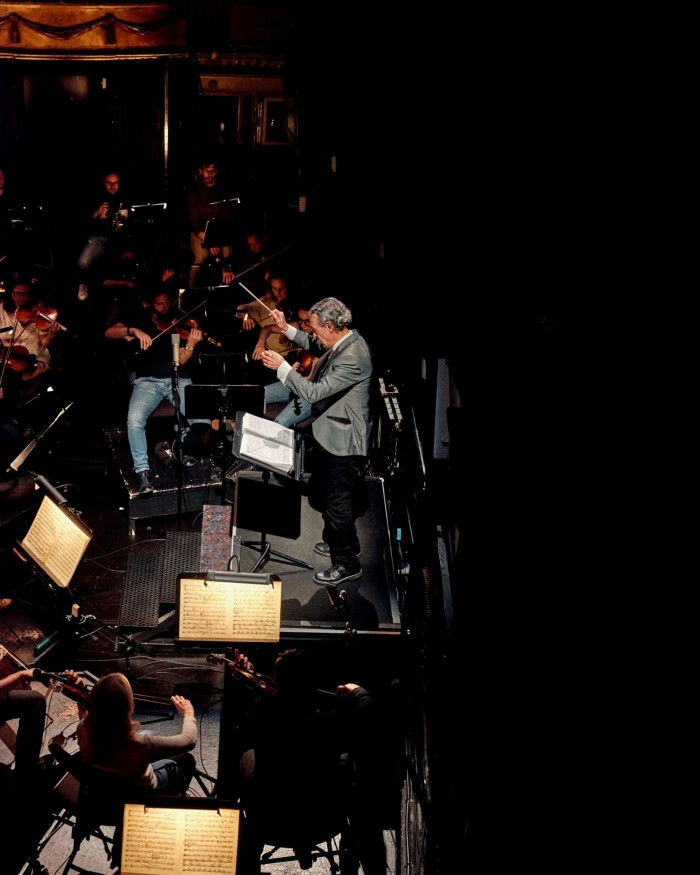
“Zarzuela has something opera does not, in that there is an element of social critique,” says Victor Págan, editorial co-ordinator of Madrid’s Teatro de la Zarzuela. “In the 19th century, the composers, artists and businessmen who advanced the idea of making zarzuela ran into problems with the gentlemen in parliament — political problems.”
There were other issues to contend with too. When a financial crisis hit the theatre world at the end of the 19th century, it was difficult to sell tickets. Here, canny impresarios saw an opportunity and created genero chico, a new format of one-act works lasting around an hour, which were much cheaper to stage. The idea revived the theatre and gave birth to La Gran Vía, a zarzuela that caused quite a stir when it was first performed in 1886.
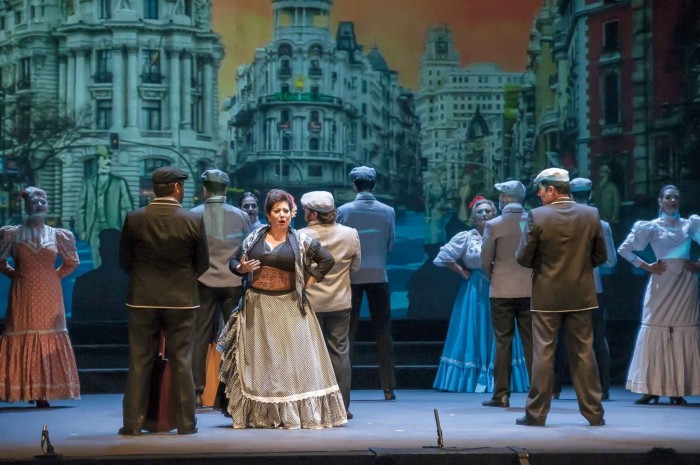
“It’s about a new avenue that was going to be built, which today is the famous Gran Vía. In it, people comment that there ought to be less property speculation and more concern for citizens. In other words, in the end, as happens in journalism, as happens today in the cinema, there was an indirect criticism of current events in the arts,” says baritone Marco Moncloa, who is also artistic director of Madrid’s Teatro Amaya.
Zarzuela continued to be popular well into the 20th century. However, during the Franco era, composers weren’t so free to express themselves. Following in a long tradition, Pablo Sorozábal’s Juan José (1968) focused on working-class characters. In the end, grinding poverty and sexual jealousy drives one of them to murder. Though the composer believed it was his best work, he never got to see it performed due to censorship.
The Teatro de la Zarzuela revived the work in 2016 and is staging it again this month. “This underworld very much brings people into the theatre. That’s where this whole story of Juan José unfolds. It’s a very dark production, very dramatic, very black,” says Págan.
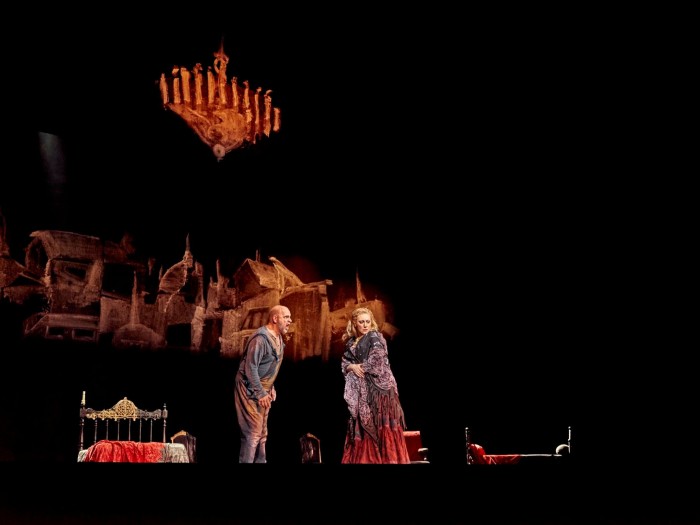
Performances at the state-subsidised Teatro de la Zarzuela often take risks in an attempt to make zarzuela more accessible to younger audiences, such as updating classics like 1894’s La Verbena de la Paloma, which is usually staged in period costume.
“If the performers dress in an old-fashioned style, fewer people come to see it. But when the public sees [the performers] dressed and talking like them, it goes down better,” adds Págan. “There is a version of La Verbena de la Paloma on the Teatro Zarzuela’s YouTube page that is fantastic — it’s made by young people for young people, and it’s great fun.”
Coming from the commercial side, Marco Moncloa is more of a traditionalist. “We have to be very careful with what we modernise. I am not saying that we have to take a classic, in-period approach to everything, but you need to understand what the author originally intended. For example, if I [stage] La Verbena de la Paloma, which was a social criticism of its day, and I put it in jeans, well, you lose the point,” he says. “People want to be transported, right?”
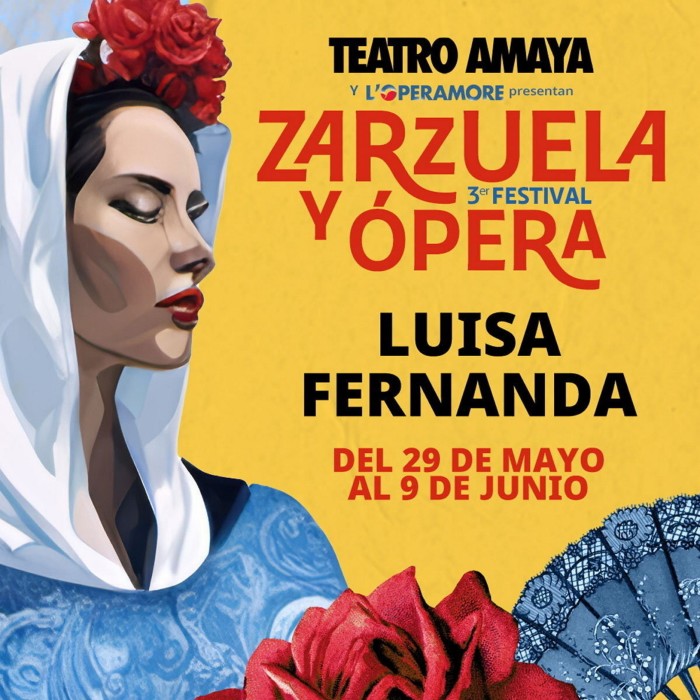
Moncloa might be on to something. Until recently, apart from a few recitals at Madrid’s opera house, full zarzuelas were only performed in the city at the Teatro de la Zarzuela. “Normally, private theatres do not want zarzuela . . . it’s a lot of people,” says Moncloa, of the costs for theatres to hire an orchestra and full company.
It had been thought that audiences had dwindled to the extent that zarzuela was no longer commercially viable. Moncloa proved this theory wrong by launching a zarzuela season at Teatro Amaya in October 2022 that ran to September 2023. “It was a success. In 11 months, we put on 104 zarzuela performances,” he says. This year, the theatre’s zarzuela (and opera) festival is from May 29 until August 4.
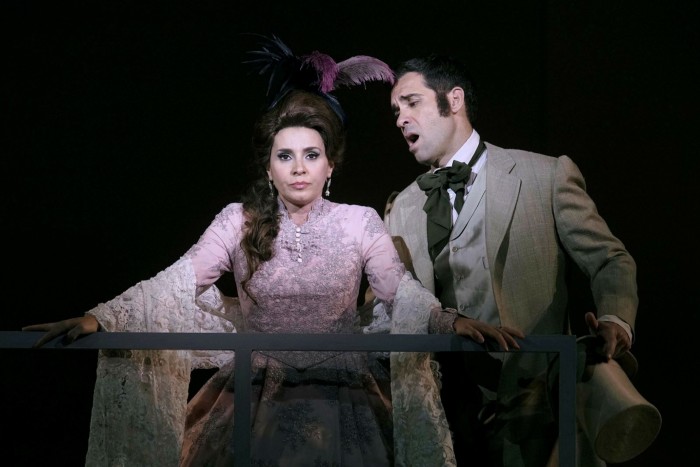
Teatro de la Zarzuela also begins a run of Madrid-based zarzuela this spring. By accident or design, both theatres will be staging competing versions of the classic Doña Francisquita in June. At the Teatro de la Zarzuela, Ismael Jordi will be reviving his role as the male lead, Fernando.
“There was a lot of controversy in the Teatro de la Zarzuela when this production was first performed. The dialogues were changed a lot as well as the setting,” says Jordi. “But I had the opportunity to sing in the same production in Lucerne, and it was an overwhelming success. I think the idea was to bring zarzuela to audiences outside of Spain, who don’t have a preconceived idea of what it is as they do in Madrid.”
Whether a traditional version will win out over a modern interpretation on home turf remains to be seen.
Upcoming zarzuela highlights
A tragic story of a doomed love affair, Juan José takes a gritty look at poverty in a rundown Madrid neighbourhood. Teatro de la Zarzuela, until April 12, €5-€50
‘La Verbena de la Paloma’
A light-hearted drama set during the Virgin of the Paloma festival in La Latina. Teatro de la Zarzuela, May 8-25, €5-€50
‘Luisa Fernanda’
A tumultuous love story told against the backdrop of the run-up to the 1868 revolution, when Queen Isabella II was deposed. Teatro Amaya, May 29-June 9, €19-€55
‘Doña Francisquita’
Love triangles unfold during Madrid’s carnival season in this playful comedy. Teatro Amaya, June 12-23, €19-€55; and Teatro de la Zarzuela, June 19-30, €5-€50
‘La Gran Vía’
Satirical comedy providing a biting critique of property speculation during the construction of Madrid’s iconic avenue. Teatro Amaya, July 3-7, €17-€45
Lower-priced seats have reduced visibility at all of these productions. Teatro de la Zarzuela provides subtitles in English
Have you been to a zarzuela production in Madrid? Tell us about it in the comments. And follow FT Globetrotter on Instagram at @FTGlobetrotter
Cities with the FT

FT Globetrotter, our insider guides to some of the world’s greatest cities, offers expert advice on eating and drinking, exercise, art and culture — and much more
Find us in Madrid, Copenhagen, London, Hong Kong, Tokyo, New York, Paris, Rome, Frankfurt, Singapore, Miami, Toronto, Melbourne, Zurich, Milan and Vancouver

